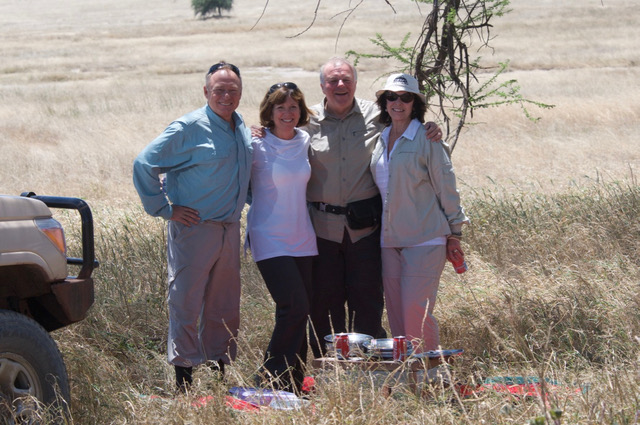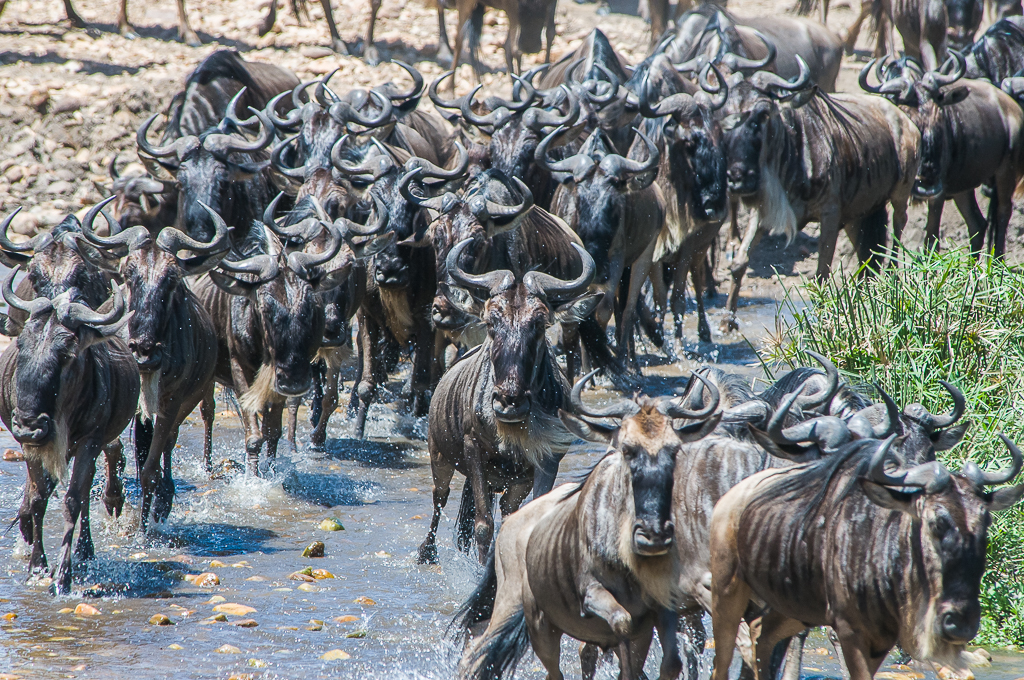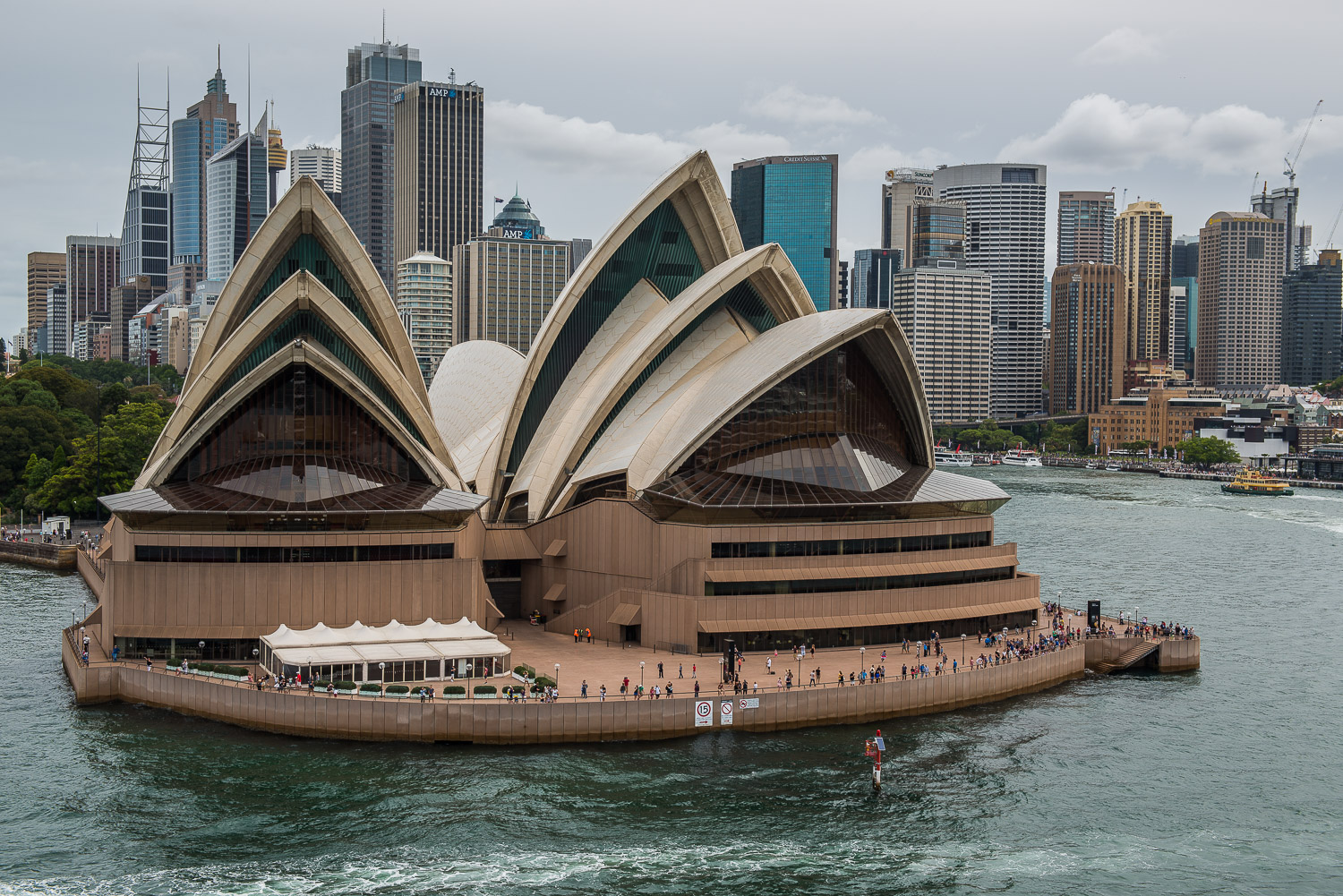A Bolt of Lightning – 2012
I doubt many people can stay they saw the world’s fastest man and the world’s fastest animal in the same week.
But I did in 2012.
Firstly I watched Usain Bolt win his third 100-metre Olympic Gold medal in London. He was running at just under 30 miles an hour.
Later that same week I watched a cheetah clocking about 75 miles an hour on the Serengeti Plains in Tanzania.
Both were never to be forgotten moments.
Let me start with Usain Bolt.
When he won his second Olympic 100 metre Gold medal in Beijing in 2008. I knew then that I had to get a ticket to see him attempt to win his third 100 metre gold in London four years later.
That was always going to be a challenge.
I applied for the first draw of tickets by lottery for the final nearly a year before the games, and didn’t even come close to getting one of the most coveted tickets ever. Then a new batch went on sale three months before the Games.
Now, I’m not the most tech savvy guy, so I enlisted the help of several colleagues much more skilled at using computers than me when the draw came up for the last chance to obtain tickets for the final.
As luck would have it, I got onto the website before anyone else in my office and had 30 minutes to secure the two tickets. They were $1500 each. I called my wife and asked if she was coming to see potentially the greatest race of all time.
Now, Carol-Ann is a lot more practical than I am. No, she said, they were too expensive. I am much more impulsive. I tried to convince her. Again, she said they were too much.
I couldn’t resist the chance to see one of the greatest races of all time and grabbed just one of the two available on my computer screen.
When I revealed I had the ticket at a neighbour’s house a few days later, my wife was dumbfounded!
We were also preparing a trip to Africa again, which she said was like winning the gold medal. Despite the fact she participated and excelled in track and field as a youngster – and had even gone with her father to see Jessie Owens speak – she couldn’t fathom spending that kind of money on a race which would last less than 10 seconds.
Does she regret her decision? Maybe. But, she said, what was to come in Africa was worth all the good luck in the world. But I digress.
So I flew to London in early August 2012 and after a couple of days watching some minor Olympic events – basketball and cycling – I arrived at the Olympic Stadium early on the day of the race – August 5, 2012 – and soaked up the atmosphere.
I was literally trembling with excitement. I was allowed into the stadium as soon as the turnstiles were open – two hours before the race. And this was the first real test. The location of the seat – Seat 86, Row 56, Block 219.
And Bingo: it was perfect. The men’s 100 metre finalists would literally be running right right down the track towards me. I was in their line of sight. I would see the winner burst through the tape right in front of me. I couldn’t believe my luck.
The fastest man in the world tore out of his blocks. But at the half way mark he was only the sixth fastest of the eight runners in the final. For a moment I thought he wasn’t going to win the gold – a result I’d bet my $1500 ticket on.
But then, like no man on earth, he rocketed down the track increasing his speed to an electrifying pace as he erased that deficit and overwhelmed a star studded field to win in 9.63 seconds.

It brought to tears to my eyes and the eyes of hundreds of people around me. Bolt wagged his right index finger, exchanged a few high-fives, kissed the track and even did a somersault before doing his trademark “Lightning” Bolt stance.

The crowd went crazy. “Usain, Usain, Usain,” they chanted. Everyone was standing. We all realized not only were we in the presence of greatness, but we had just witnessed something no-one may ever see again – his third gold medal in the 100 metres in three consecutive Olympic finals. In total his eighth gold medal overall. It was overwhelming. An Olympic record that let him join Carl Lewis as the only men with consecutive gold medals in the marquee track and field event at the Summer Games.
His win made the hair stand up on the back of my neck. I was there. I had seen it. Then same feeling I had in 1966 when I was at Wembley to watch England win the World Cup by beating Germany 4-2 in one of the most exciting finals in history.




I was still on a high when I met my wife at London’s Heathrow the next morning. And I did manage to take her to watch the Olympic marathon as the runners ran past Big Ben and the Houses of Parliament a couple of days later.
So, then the next part of our trip.
Africa.
We arrived in Nairobi, Kenya, and met our friends in the heavily guarded Palacina Hotel – security was ramped up because of repeated terrorist attacks in the city preceding our visit. We had time for a quick game drive in the local national park, then off to the Sheldrick Wildlife Trust on the outskirts of the city. The trust operates an orphan elephant rescue and wildlife rehabilitation program. Founded in 1977 by Daphne Sheldrick to honour her late husband, David Sheldrick, about 300 elephants have been saved.


The main reason we went was to visit an orphaned elephant – Kithaka – that Carol-Ann had adopted a year or two earlier. We saw the baby elephant, met his keeper and observed the incredible work being done at the facility. The friend travelling with us by then, Roger Hope, is a television news cameraman and filmed and interviewed Carol-Ann with Kithaka for a story on Canadians helping to rescue elephants. The story ran across Canada a month or two later.


Then we took a one-hour flight to Kilimanjaro airport in Tanzania.
We had two unknowns on the safari. The success of any safari depends on your guide. We had never met him, but our travel agent recommended him…John Nkomo. Big John. All 250 pounds of him, six foot eight inches tall, and a smile that stretched right across his face and never left.

We fell in love with him immediately. And not only was he the most knowledgeable guide we’ve ever had, but also was a superb tracker snd had eyes like a hawk – able to spot wildlife no-one else even caught a glimpse of.
The other unknown? We were by now travelling with two work colleagues – Roger and Deb Hope – who had never been to Africa before. For them it was a new experience, and we just hoped they’d love it.

We needn’t have worried. That day when we saw our first giraffe, Roger was overwhelmed with excitement. We knew from that moment onwards it could only get better. And it did.
Fifty lions, literally thousands of elephants and many buffalo, rhino and hippos. But it was the more elusive leopards and cheetahs we wanted to see.





We had some magnificent sightings on the first couple of days: lions on rocks, lions mating, lions chasing prey. But when John asked us one morning what we really wanted to see: we said in unison – a cheetah.



Okay, then, he said. And we drove off into the bush where I swear we didn’t see any other souls for the entire day.
Unlike other visitors at the camps we visited we never returned for lunch, but took a picnic and were also first out and last to return to the camp at the end of the day. And we rarely saw another person. Like the day we hooped to see a cheetah – we were in the middle of nowhere when, at midday, a puff of smoke way off in the distance, and John yelled: “There! Let’s go”. We tore off across the bush.
That puff of dust was a female cheetah chasing her prey – a small antelope – at 75 miles an hour. We got there just as she killed it, and was bringing her five cubs around to feed. We spent a good 45 minutes watching the scene unfold, and even witnessed her panic as she appeared to loose sight of one of her young for a few interminable minutes.

That same day we saw a pack of lions on a buffalo kill, lions climbing a tree and a magnificent herd of elephants rustling through the long grass within a few feet of our truck. It remains one of the most amazing experiences my wife and I have witnessed in Africa. Just us and the elephants. The swooshing sound the elephants made is still with us today. It also happened to be my birthday.
And what a birthday: the camp cook made me a birthday cake and the entire staff danced around our dinner table singing a traditional birthday greeting in Swahili.
Our first camp was the Swala Sanctuary Camp in Tarangire National Park, where we dined out under a centuries old baobab tree. It set the tone for the rest of the trip as it was one of the most luxurious tented camps we’ve ever stayed in. Then Lemala Manyara and from there on we stayed at several other Lemala camps – each camp with its own charm and beauty, and unique animal sightings.
We spent a couple of days on Ngorongoro Crater, where we saw a smorgasbord of animals in perfect light – though the most memorable part of our visit there was the overnight rain which made the road impassable and we thought we would be stuck for a day or two as our truck spun its wheels in heavy mud trying to get out of the crater’s rim. That’s where Big John came in: using his incredible strength he attached wires to trees and winched us up and out of the crater.
The next day John took us out see part of the great migration near the Mara River: wildebeest crossing the river in great herds. We were allowed briefly out of the truck, but John kept his Glock in his hands in case any predators came to our river overlook. It set our pulses racing.


We drove miles that day, and at one point had to make a turn to get back to camp as the light was beginning to fade. Our only way of turning around was to go through a steep rocky gully in what John said was a precarious drive. He asked Roger to get out of the truck, and armed him with the Glock with instructions to shoot if any predators headed out of the bush as he drove down into the gully.
Meanwhile, John made the rest of us move over to one side of the truck for balance as he made his way precariously over the giant rocks and through a rushing river. He told us all it was crucial he complete the maneuver safely because, as he put it: “We are beyond government assistance.” We laughed with relief when we made it over without any more drama and had Roger secured back in the truck.
Another excellent camp was the next one, the Serengeti Migration Camp: remarkable because elephants wandered around our stilted accommodation and came within feet of our cabin. The game viewing was terrific and on our last night they set up tables on the river bank and we ate dinner as lions roared quite close by.
Finally we said goodbye to Big John and took a bush flight to the Selous Safari Camp to end the trip – an outstanding tented camp in Eastern Tanzania. The Selous National Park was then one of the premier wildlife areas of Africa.
What stood out there for us was our first sight of an African wild dog – a family of wild dogs were under a bush and despite an hour long wait we only really glimpsed their incredible coloured markings. But it gave us a taste for seeing them one other safaris in future years.

We also went out onto Lake Nzerekera for several game rides by boat. We got very close to huge crocodiles and hippos leaping up and out of the water – but what will stand out in our memory was seeing a dozen lions from one family drinking on the shore of the lake from a sandy beach.

BUT, as out boat maneuvered closer, I moved to the front to take photographs, leaning on the gate at the front of the boat. Suddenly there was a snapping sound, the catch came away and I only just managed to grab a post at the side of the deck to prevent myself from being tossed headfirst into the water 50 feet from the lions. It was a scary moment.







A memorable safari: and one I am glad we took more than any other. That’s because we were with Roger and Deb Hope, and had no clue then that Deb was in the very early stages of Alzheimer’s. It is now severe.
I dedicate this piece to Deb Hope, and use her story to leave this message for anyone reading this: You never know what life will bring. Enjoy every moment of every day and take full advantage of experiences while you can.





